Safety standards to look out for when buying a kids bike helmet
If you’re buying a cycle helmet for your child, you want to make sure it’s going to do a good job of protecting them in the event of an accident.
Thankfully there’s standards to which manufactures build and test their kids bike helmets, and it’s fairly easy to check that the helmet you’re buying meets these.
We thought we’d delve a little deeper into the various standards around kids bike helmets, so you can have full piece of mind that the lid your putting on your child’s head is up to the job of keeping them safe.
Standards for cycle helmets
British Standards Institution (BSI) is the UK's National Standards Body responsible for setting the standards for products.
Europe’s standards are set by the General Product Safety Regulations (GPSR)
The BSI began using GPSR in 2005 and continued to do so until 1st January 2021.
The GPSR standard that relates to bicycle helmets is EN 1078 and the BSI standard BS EN 1078.
Therefore the most common standard that you should be looking for in a cycle helmet of any size is BS EN 1078 or EN 1078.
Specific standards for children’s cycle helmets
A standard related to BS EN 1078 is BS EN 1080, which was created in 2013.
BS EN 1080 is specifically for helmets worn by young children and is a slightly adapted version of BS EN 1078 that takes into account testing for a quick-release fastening system.
This is to reduce the risk of strangulation in fastening systems and is well worth looking out for if you’ve got younger children.
Checking to see if your cycle helmet meets the standards
You’ll usually find evidence that the standards are met on a label inside the helmet and/or on the packaging as well as listed on the manufacturer’s website.
These have generally been accompanied by one or both of the symbols on the right.
The left hand “Kitemark” symbol indicates it meets the British standards, and the CE symbol shows it’s met the European standard.


Safety standards for kids cycle helmets post-Brexit
Following the UK/EU separation, the UK is making changes to how goods previously requiring a CE mark for sale are sold.
The UK (not including Northern Ireland) will be introducing the UKCA mark to be implemented on all products sold by no later than January 2022.
Goods sold with the relevant CE mark will still be able to be sold in Great Britain until December 2021.
The official statement is:
“From 1 January 2021, Personal Protective Equipment that is conformity assessed by a UK approved body should be UKCA marked, not CE marked. If the conformity assessment was done by a UK approved body before 1 January 2021, the CE marking can still be used. But the product can only be placed on the GB market and must be placed on the GB market before 31 December 2021.” *
What does this change in standards means for someone buying a kids bike helmet?
To be honest, it’s not likely to make much difference, especially in the short term.
The UKCA mark will be featuring on products such as kids cycle helmets more and more, and we’ll get used to see it alongside or instead of the CE mark.
This change doesn’t affect the validity of the product and is really more of a concern for manufacturers rather than consumers.
Due to the harmonisation of the UK/EU standards currently products carrying the CE or UKCA mark will be achieving the same standards.
Long term, Brexit could lead to a divergence in standards if changes are made to testing on either the UK or EU side.
However, manufacturers are likely to conform to both sets of standards to maintain the markets they can legally sell their bike helmets into.
*Regulation 2016/425 and the Personal Protective Equipment (Enforcement) Regulations 2018. As they apply to equipment being supplied in or into Great Britain from 1 January 2021
More helmet advice:
- How to measure your child's head for a bike helmet
- Safety standards to look out for when buying a kids bike helmet
- Is your child’s bike helmet fitted correctly?
- Afro hair and kids bike helmets
- How to keep your child's head warm under their cycle helmet
- Should my child wear a bike helmet?
- Cycle helmets for older kids and young teens; a group test
Cycle Sprog's most popular articles
Here at Cycle Sprog we help thousands of families each week find the information they need about kids bikes and cycling together as a family.
We've got hundreds of articles on the website, and we do hope you enjoy browsing them, but if you're in a hurry these are our most popular articles that will get you started.
Where to ride this summer
The summer is here and it's the perfect time to get your kids outside and having fun outside on their bikes.
Cycling is a great way to get the entire family off their screens, doing something together and keeping fit at the same time.
It's important to pick a family friendly cycle route that is suitable for the age and ability of your child.
That's why here at Cycle Sprog we've compiled a range of family friendly bike rides that suit all ages and abilities, from tiny balance bikers through to confident teens.
Our latest articles
Here at Cycle Sprog we're always publishing brilliant new articles, and here's a selection of our newest releases.
The best way to keep up to date with all the latest news, reviews, advice and routes is to sign up for our weekly newsletter.
-
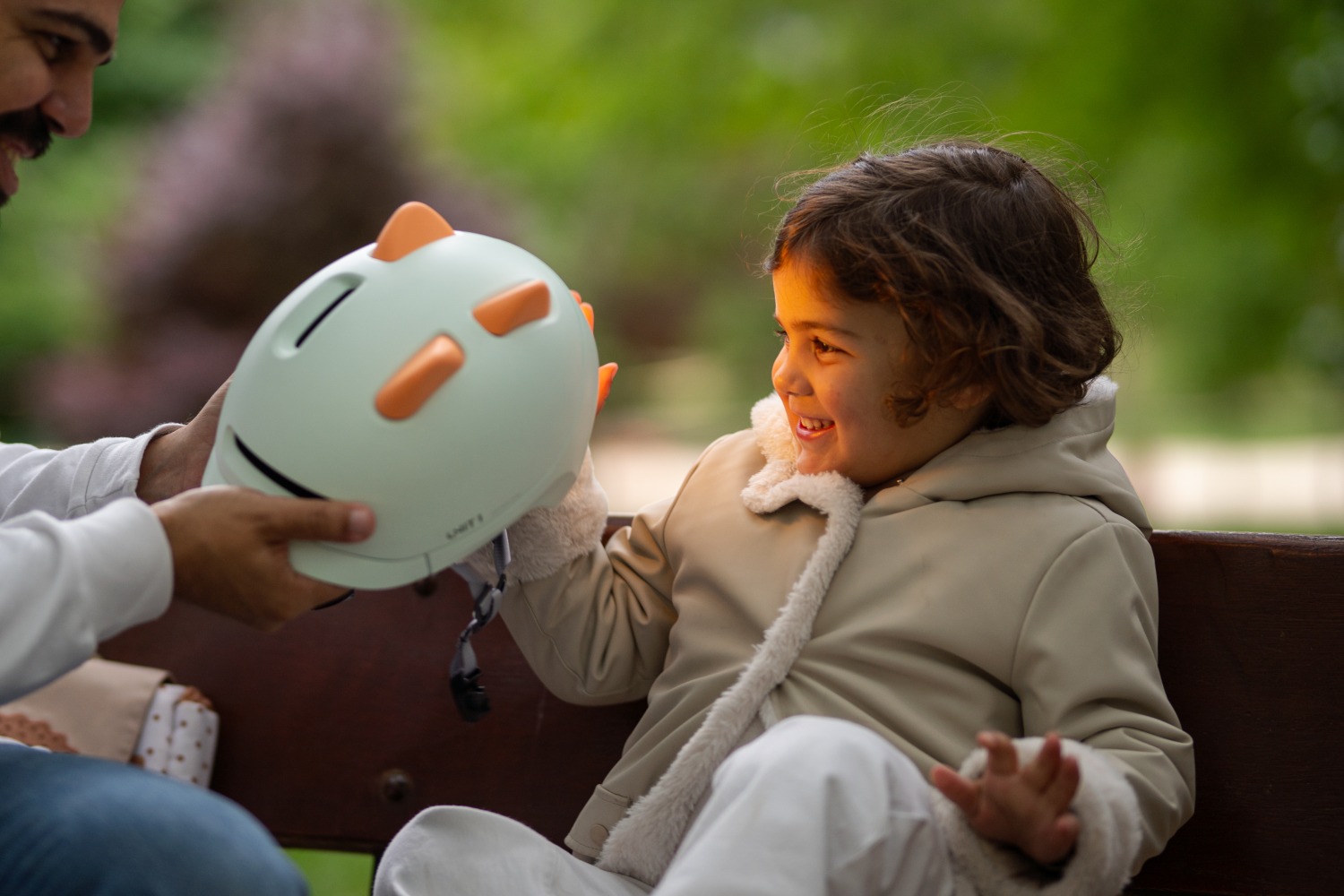 SPARKY kids helmet: making safety fun, one ride at a time
SPARKY kids helmet: making safety fun, one ride at a time
-
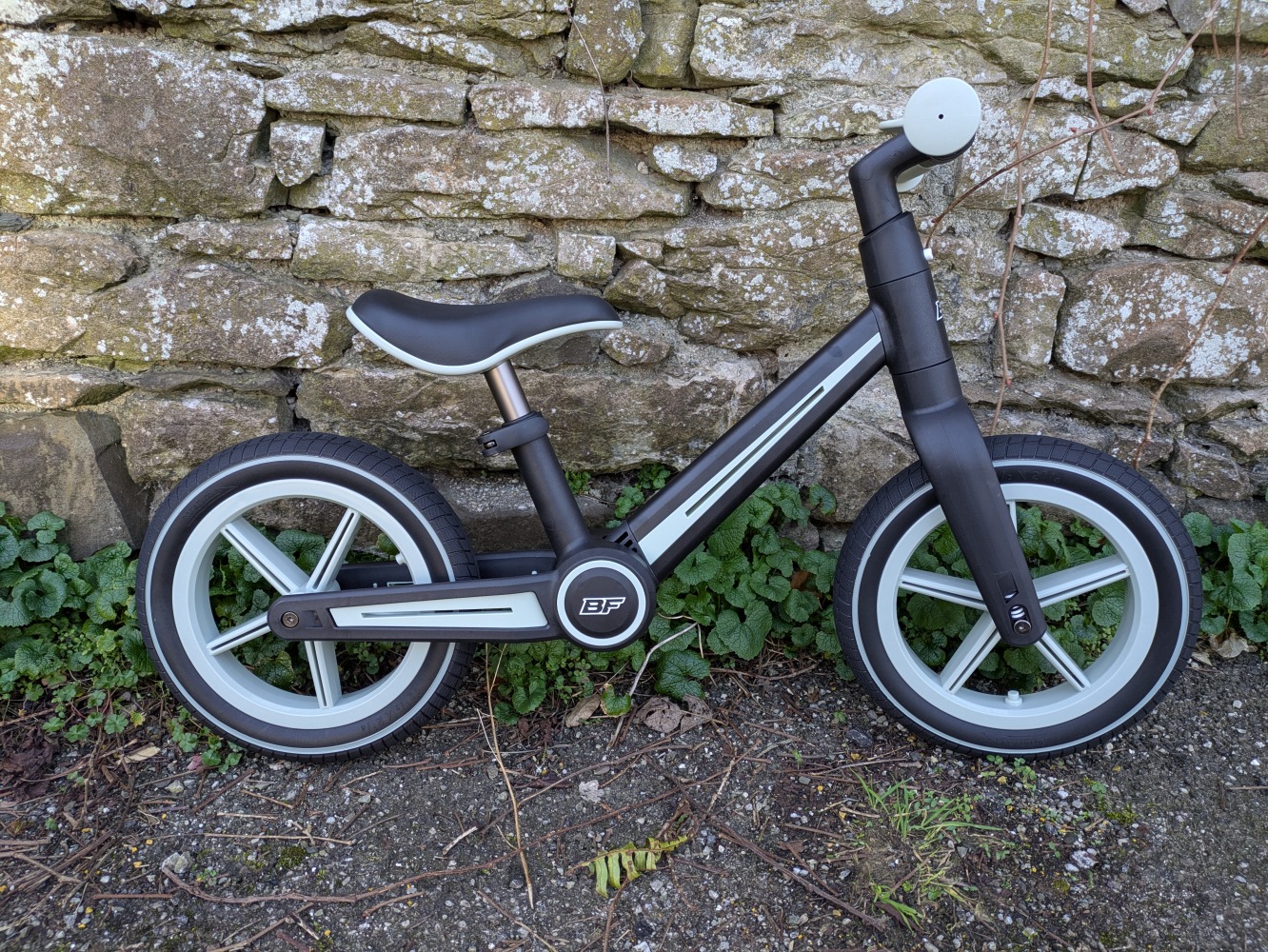 Be Fun Wheels review: A folding balance bike!
Be Fun Wheels review: A folding balance bike!
-
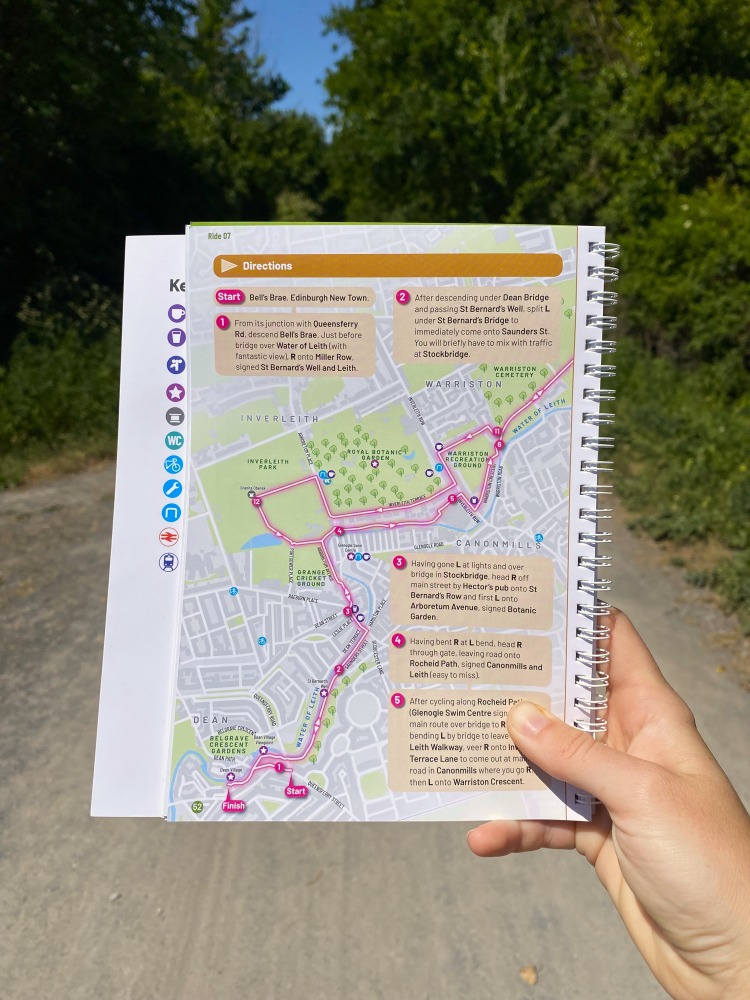 London and Edinburgh family bike rides: New cycling guidebooks from Sustrans and Ordnance Survey
London and Edinburgh family bike rides: New cycling guidebooks from Sustrans and Ordnance Survey
-
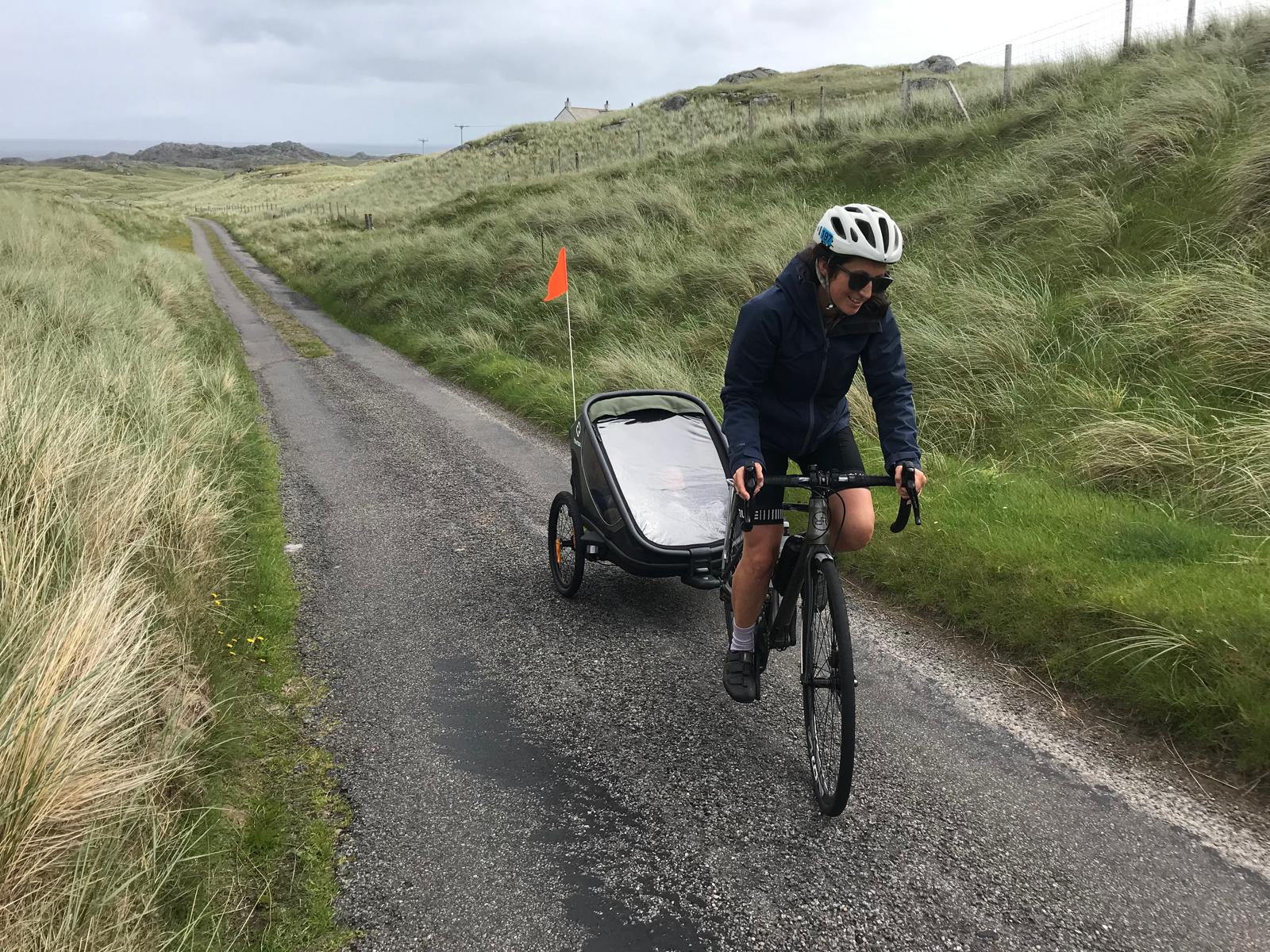 Hamax Outback Double Trailer Review: is this the best twin bike trailer?
Hamax Outback Double Trailer Review: is this the best twin bike trailer?
-
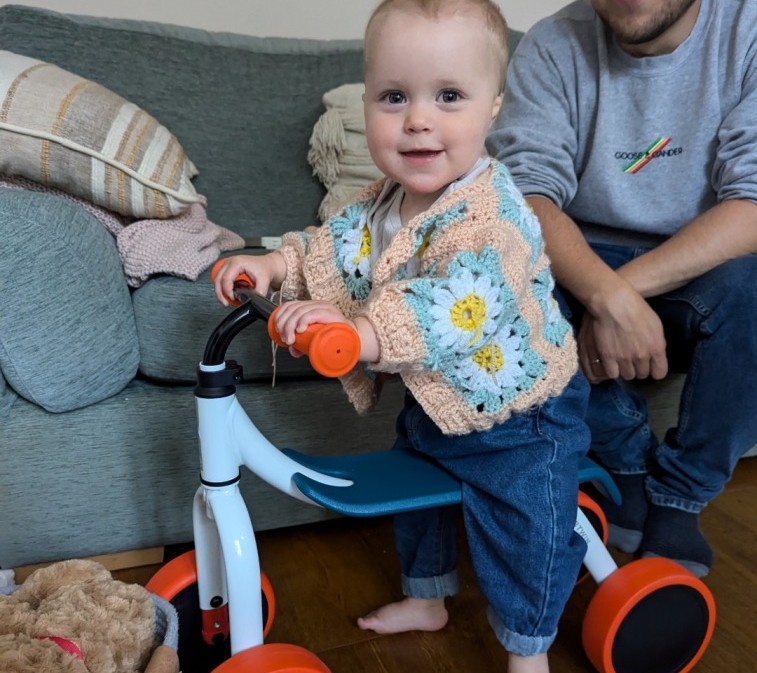 Btwin Convertible 2-in-1 Ride-On to Balance Bike review: A great option for a 1 year old?
Btwin Convertible 2-in-1 Ride-On to Balance Bike review: A great option for a 1 year old?
-
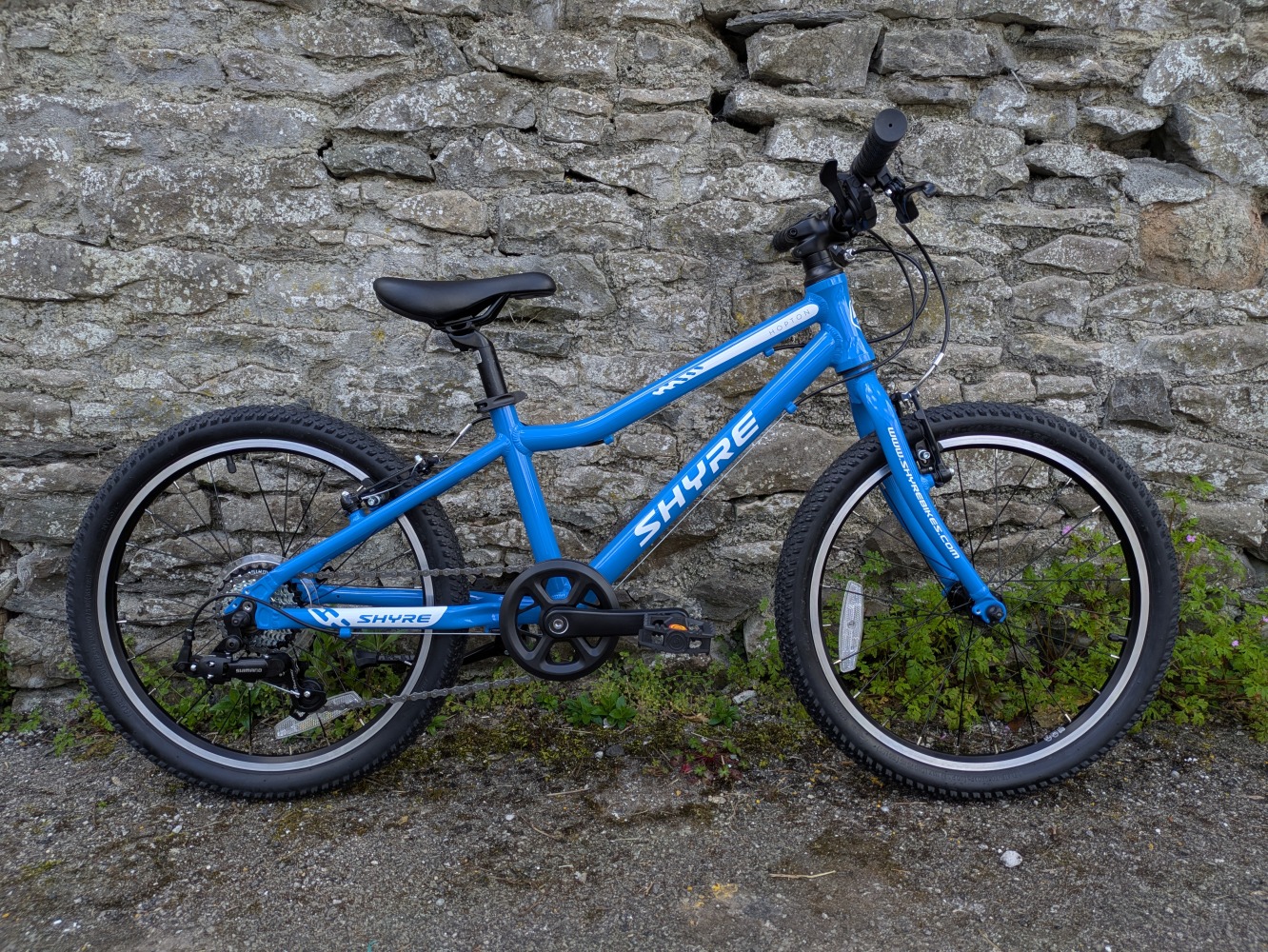 Shyre Hopton 20 Review: A budget-friendly 20-inch hybrid
Shyre Hopton 20 Review: A budget-friendly 20-inch hybrid
-
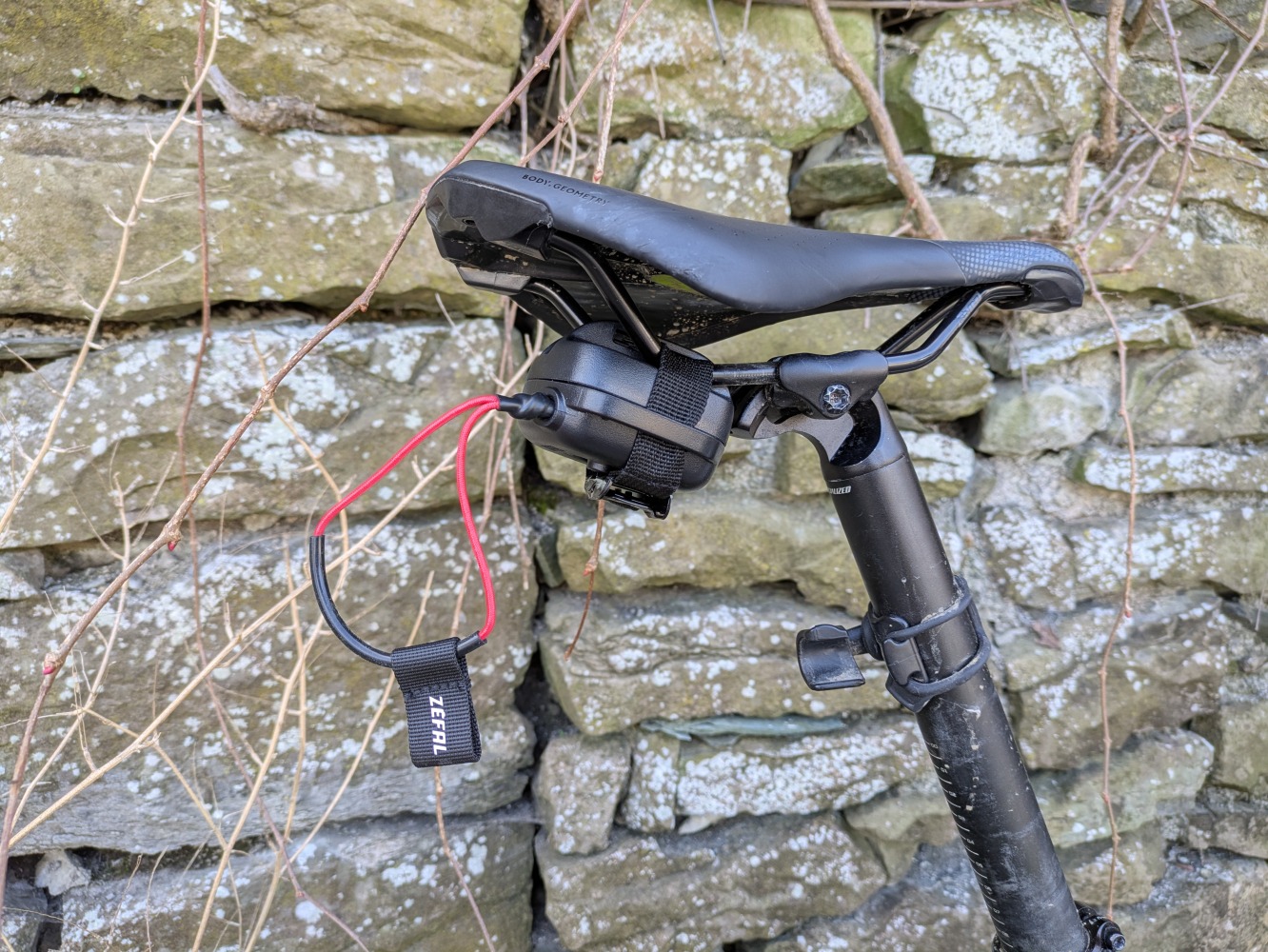 Zefal Bike Taxi tow rope review: A compact towing solution for family rides
Zefal Bike Taxi tow rope review: A compact towing solution for family rides
-
 YOMO 24 Review: A versatile 24 inch hybrid kids bike
YOMO 24 Review: A versatile 24 inch hybrid kids bike
-
 Gravel, grit and giggles: riding an ultra with twins in tow
Gravel, grit and giggles: riding an ultra with twins in tow
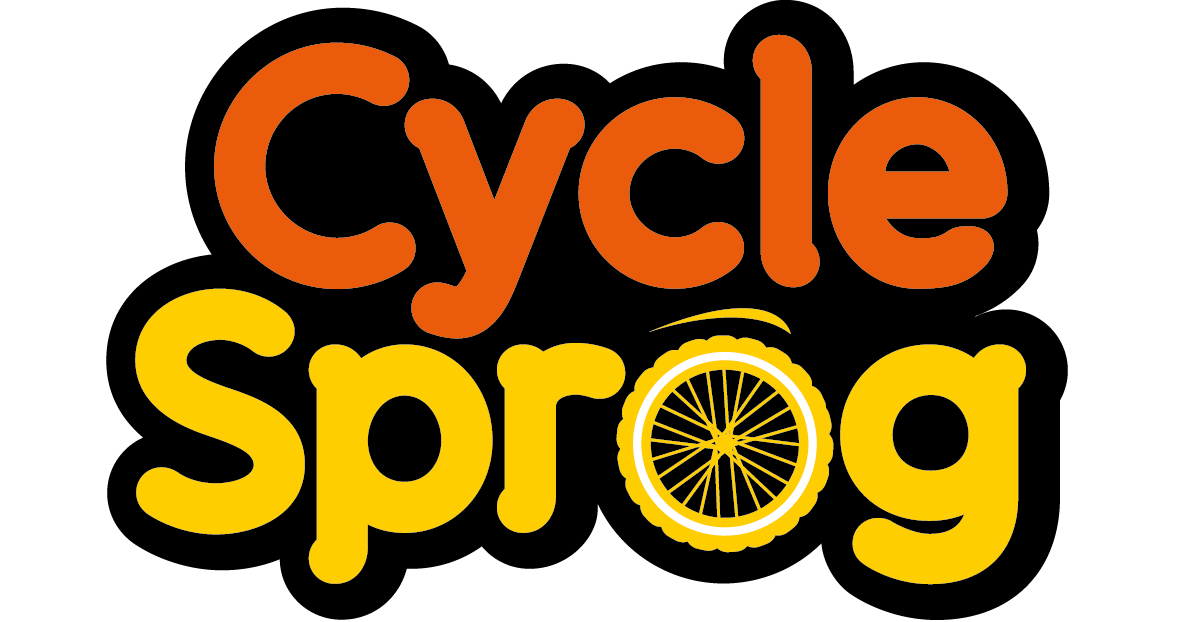
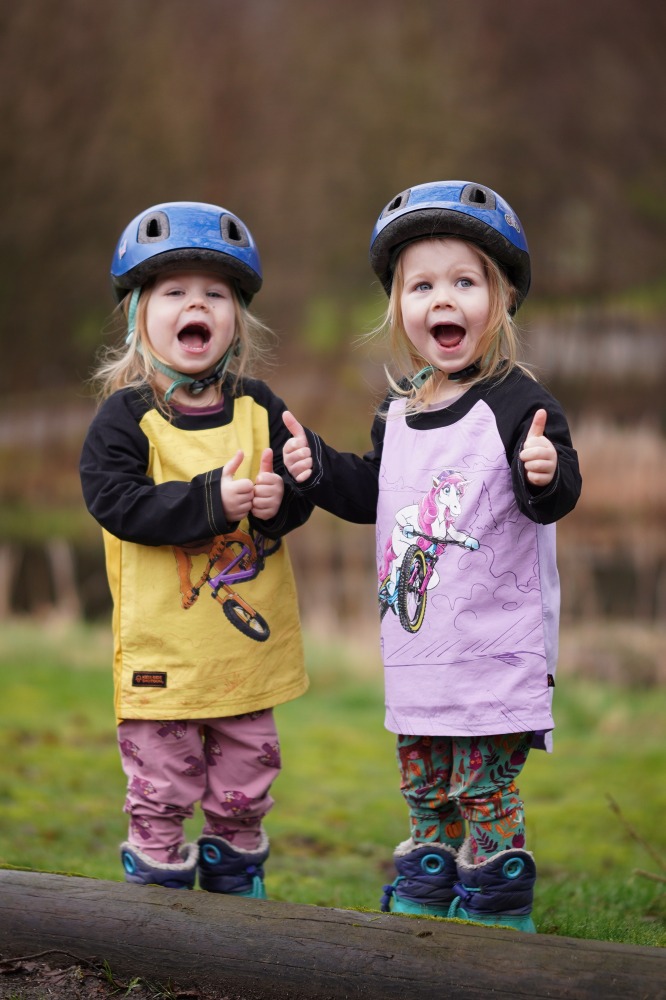
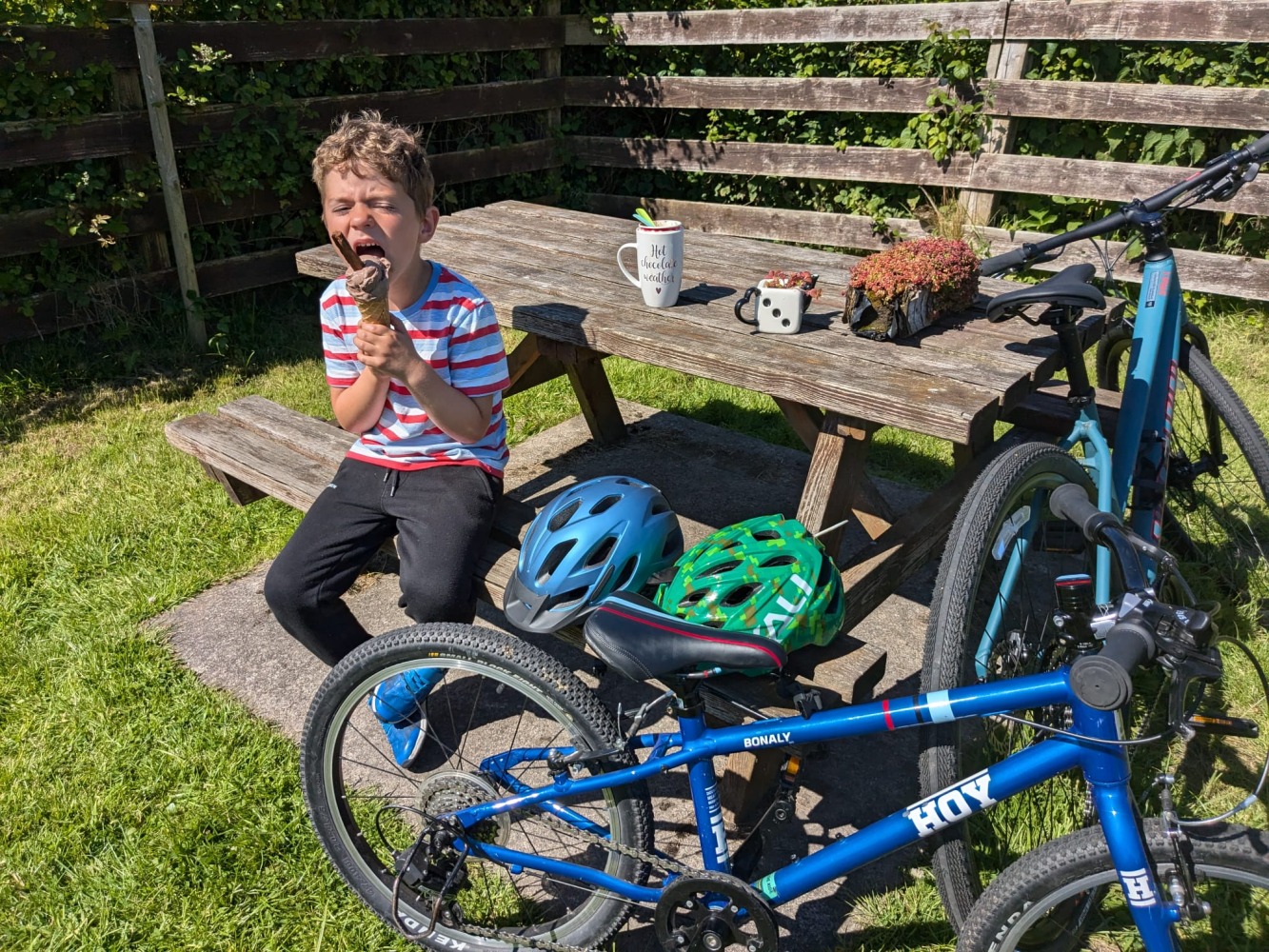
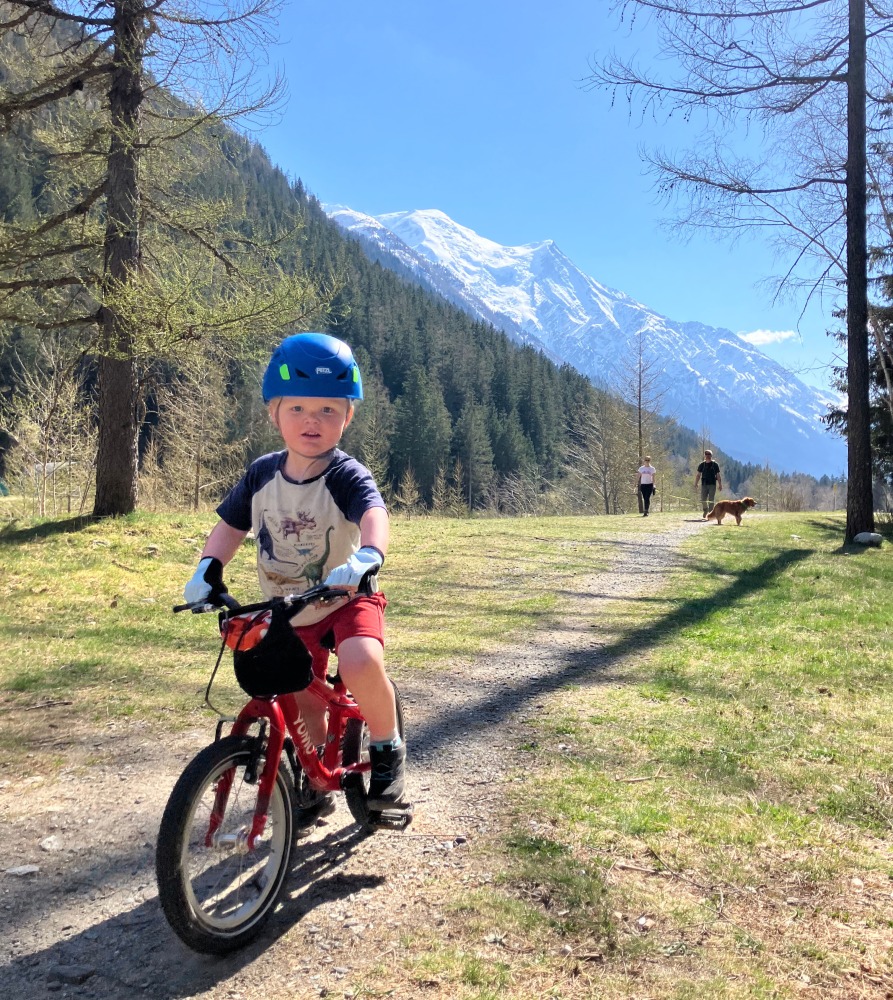
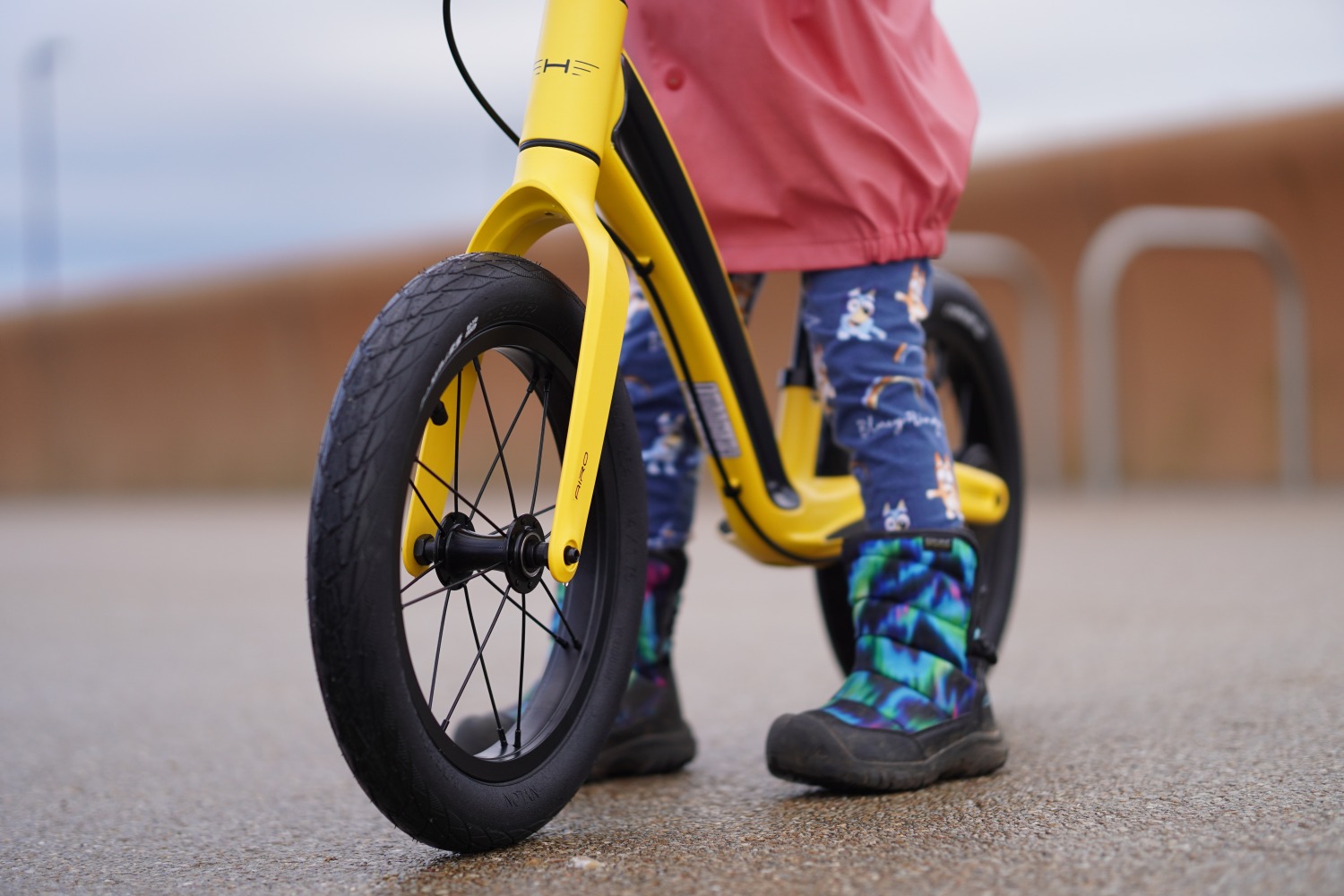
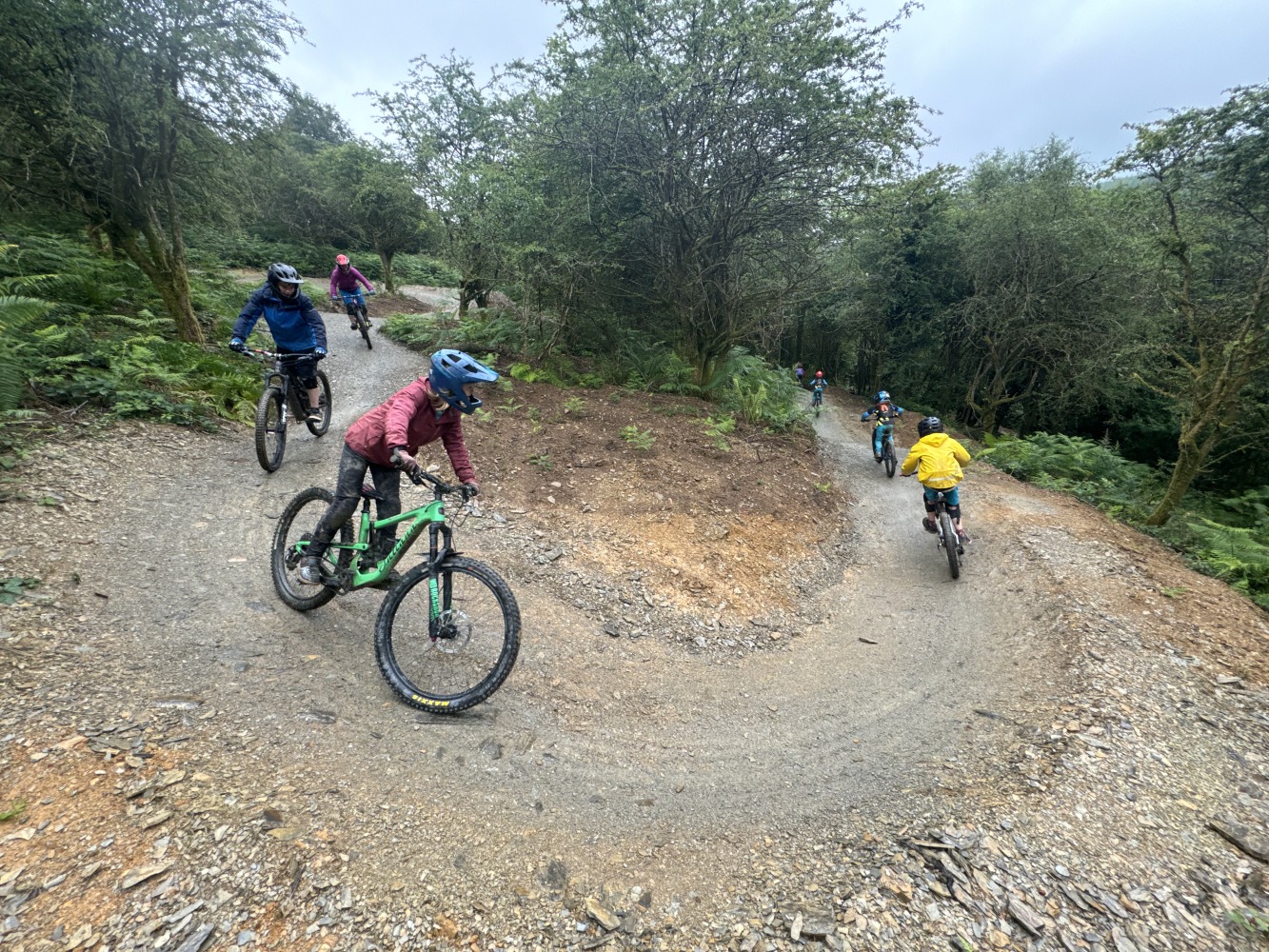
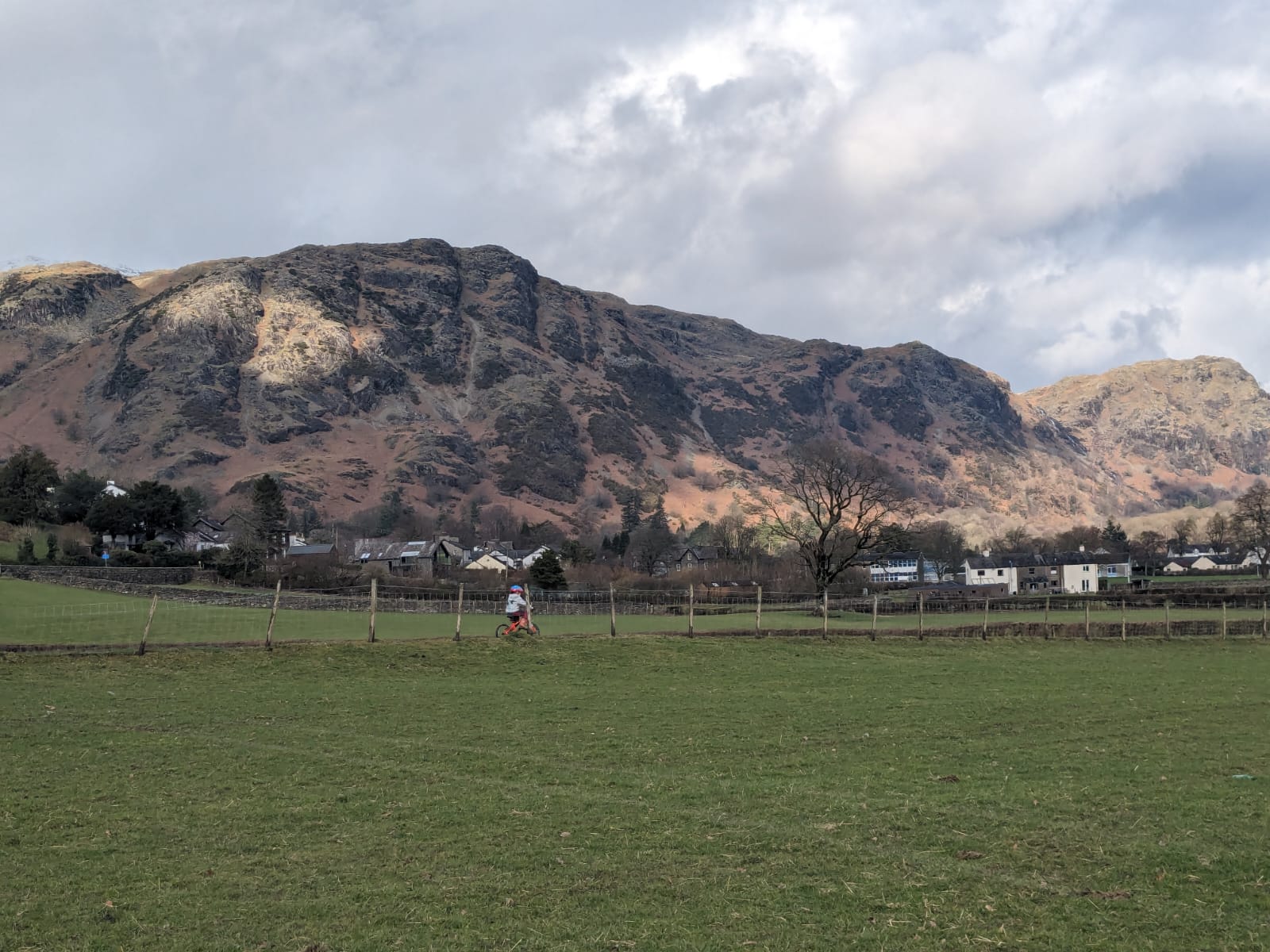
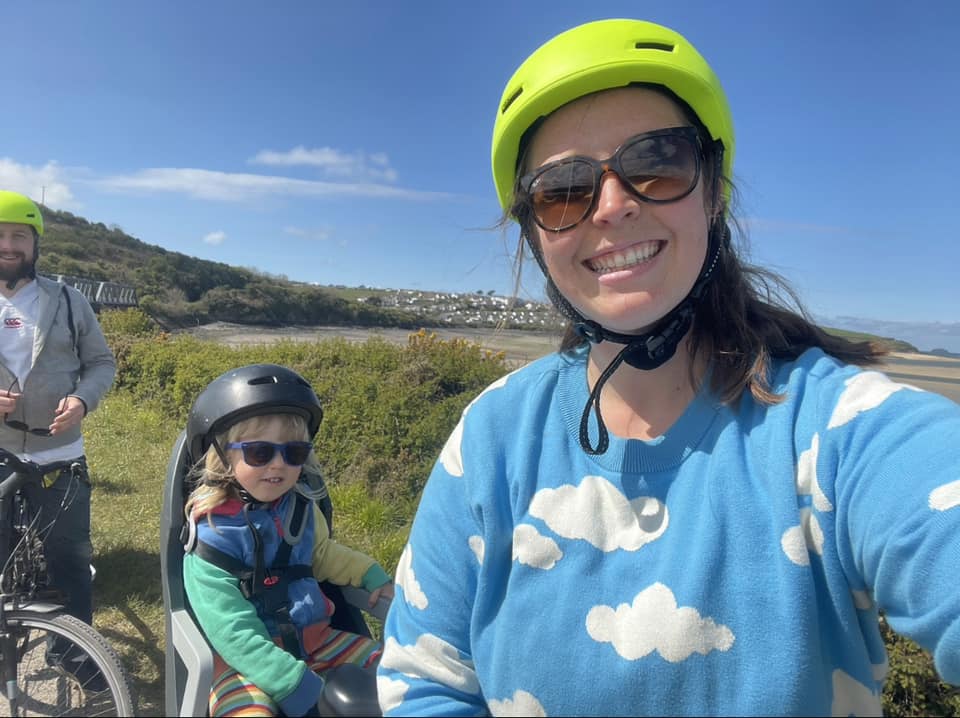
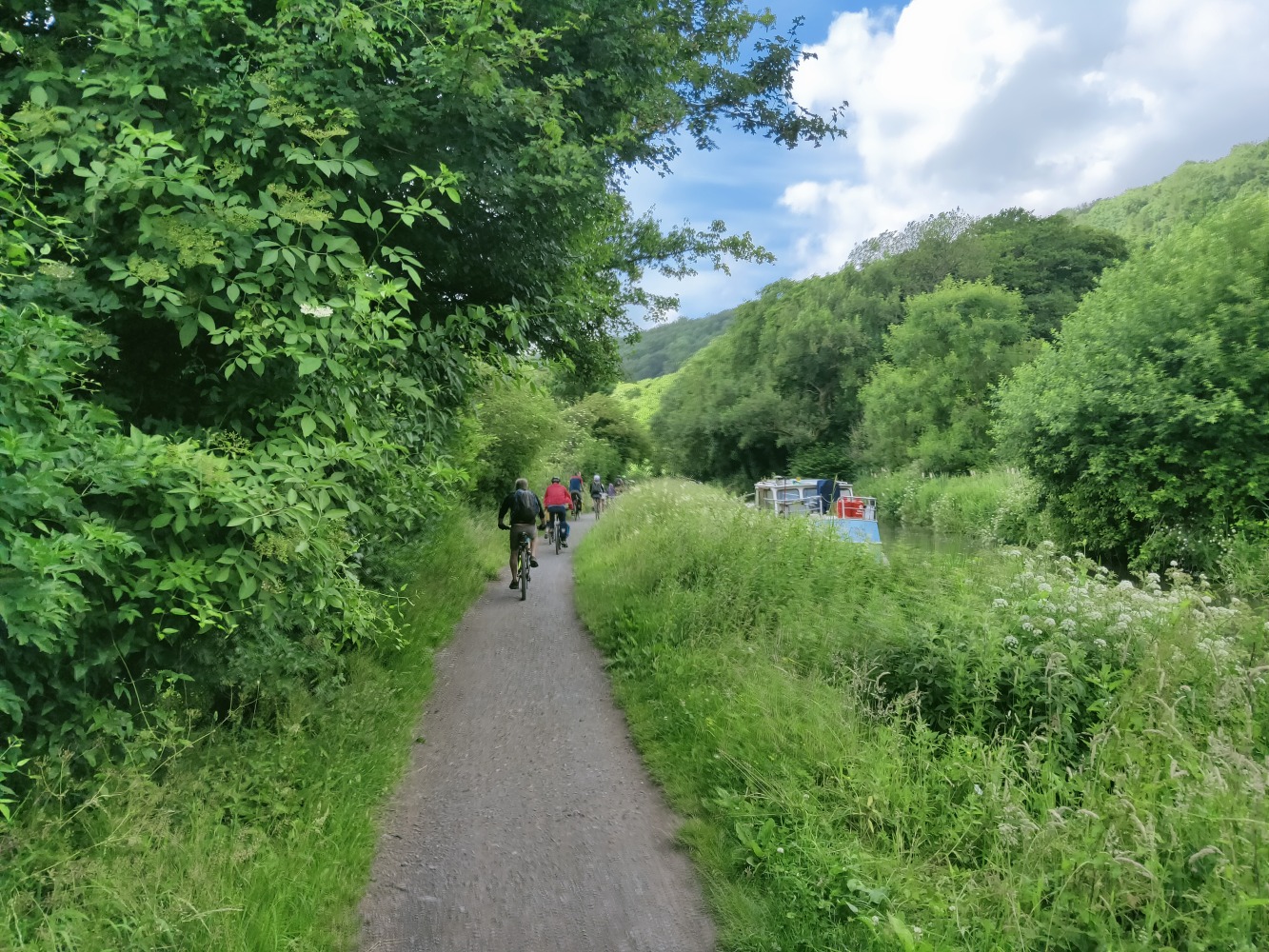
Comments